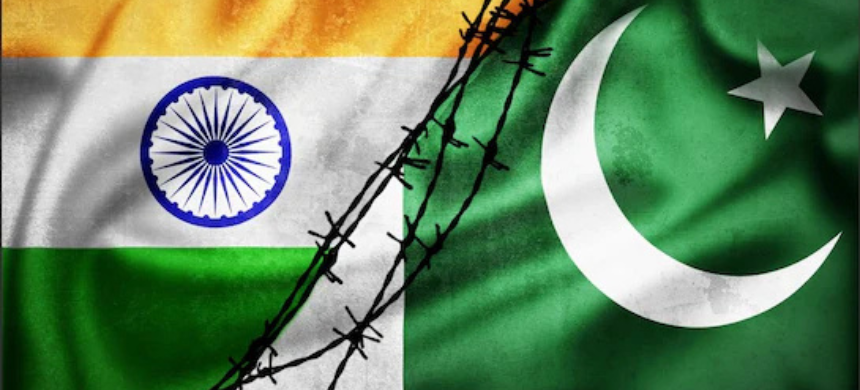SAARC Visa Exemption Scheme: Enhancing Regional Connectivity and Cooperation
The South Asian Association for Regional Cooperation (SAARC) Visa Exemption Scheme (SVES) continues to be a cornerstone of regional integration, enhancing connectivity and facilitating cooperation across South Asia.
Overview of the SAARC Visa Exemption Scheme
Launched in 1992, the SVES enables citizens from select categories across SAARC member countries — Afghanistan, Bangladesh, Bhutan, India, Maldives, Nepal, Pakistan, and Sri Lanka — to travel within the region without the need for a visa. The initiative aims to promote closer ties and ease of movement, particularly among dignitaries, professionals, and key stakeholders in the region.
Read More: Is Pakistan Prepared to Tackle Its Escalating Water Crisis?
Eligibility and Categories
The scheme is designed to benefit individuals in 24 specific categories, including parliamentarians, judges of higher courts, senior officials, journalists, business leaders, and sports personalities. These individuals are issued a special travel document called the Visa Sticker, which is valid for one year and allows hassle-free movement across the region.
Objectives and Impact
The SVES serves as a significant step in strengthening ties between South Asian nations, enabling easier mobility and fostering people-to-people contact. This aligns with SAARC’s broader mission of promoting mutual understanding, regional cooperation, and collaboration in diverse areas such as trade, culture, and politics.
Continuous Review for Effectiveness
As the needs of the region evolve, SAARC member countries retain the right to review and refine the implementation of the scheme, ensuring its continued effectiveness in fostering stronger regional cooperation and connectivity.











